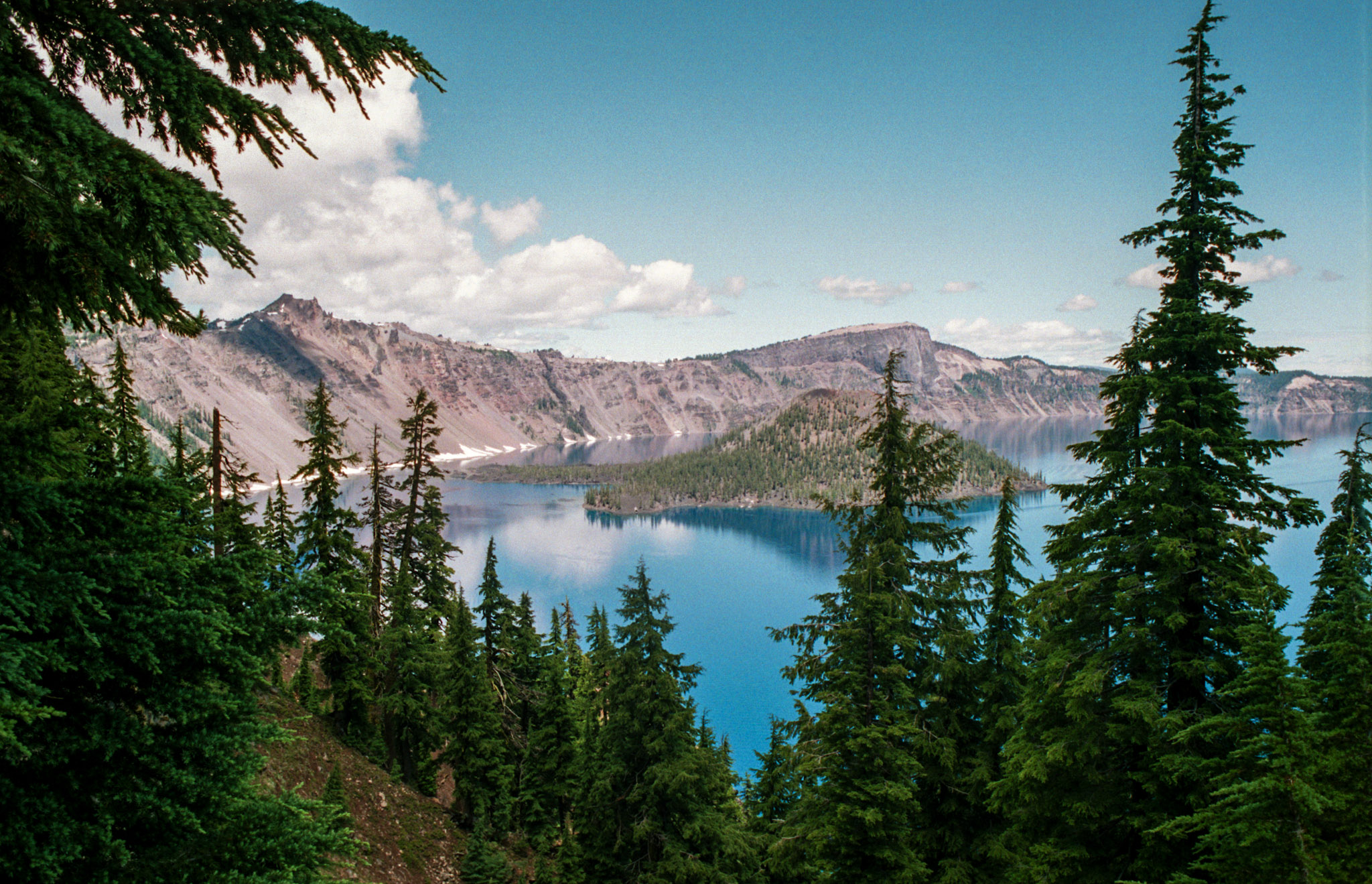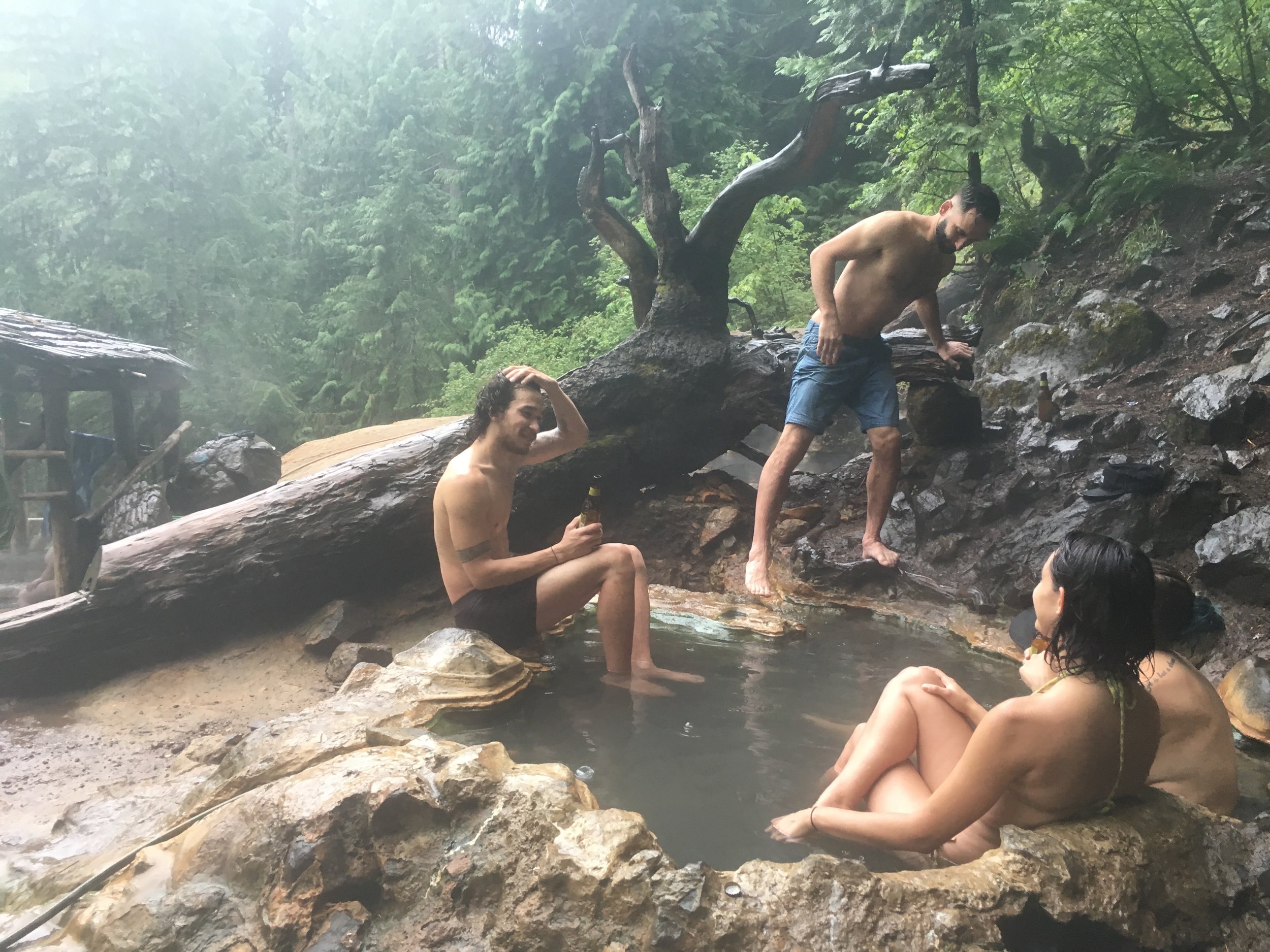The Klamath Adventure Club
Stay Wild
Stay Wild Magazine Sent Five Creative Explorers on an Adventure to Klamath, Oregon with a Loose Map, Some Goods, and Total Creative Freedom.
Here’s What They Came Back With.
Story by Liz Ibarra // @lizibarra
Alin Dragulin // @alindragulindotcom
Lexi Smith & Cody Cheng // @stateofmindstudio
Monica Mo // @i_am_monicamo
“Adventure is jumping into water you’ve never jumped into before, upside-down and with your eyes closed. It’s when everything you planned goes absolutely wrong and you find yourself on the side of a mountain overlooking a river, in hot springs during pouring rain, drinking beer with people you just met.” -Liz
“Adventure is probably different to everyone.” -Monica
“At first it was a little scary, and gave us anxiety because we didn’t know what exactly we were doing, and didn’t know these people. It was a wonderful surprise how closely and quickly friendship can form when you’re put in an uncomfortable situation.” -Lexi
“The hot spring we went to was unlike any I’ve been to. Water hot enough to cook ramen in starts at the top of a hillside and collects in six pools downhill, where it gradually gets cooler and collects more dead skin and used bandaids. Naturally everyone wants to make it to the top where the water is warmest and pure. But that pool is always taken, so you have to start at the bottom and work your way up like you’re climbing a hippie corporate ladder.” -Alin
“I’m kind of a loner so I don’t go out of my way to meet people. Lexi started to chat up a couple guys we met at the hot springs, and it turns out they were on a bro trip, rock climbing and sightseeing around Washington and Oregon. She invited them to camp with us and we had a lovely visit with them around the campfire. They were nice guys and they didn’t kill us!” -Alin
“It felt like we were all 10 years old again, without a care or worry in the world and just having some pure fun.” -Lexi
“Klamath has tons of great roadside flowers.” -Liz
THE GOODS USED ON THIS ADVENTURE
Element for clothing and skateboards // elementbrand.com
Sanuk for footwear // sanuk.com
Burton for backpacks and camp gear // burton.com
Proof for sunglasses // iwantproof.com
Oru for Kayaks // orukayak.com
Biolite for electricity // bioliteenergy.com
Celestron for binoculars // celestron.com
Scout Books for Doodling // scoutbooks.com





































